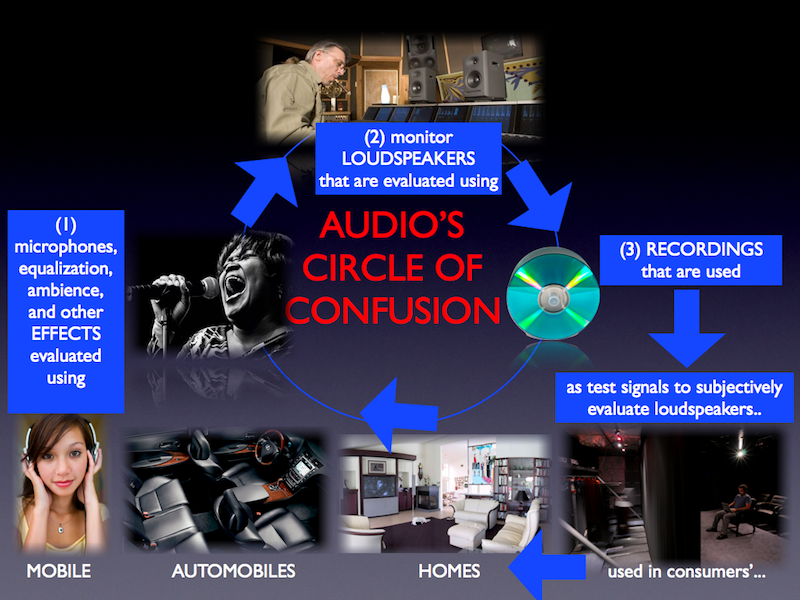The Harman target is intended to approximate the raw in-ear response of some neutral loudspeakers in a typical semi-reflective room, that extend well into the sub-bass. That's why it has an elevated response in the lower frequencies vs. the treble, once you've factored out the resonant effects of the ear through compensation. Whether that is the ideal response, and how well or precisely it achieves this goal are questions that are certainly worthy of some debate though, for a variety of reasons.
Approximating the in-ear response of neutral loudspeakers in a room is the correct goal or target imo. But I think it can be achieved with greater accuracy and precision by simply doing some in-ear measurements of actual speakers with a mannikin. Most headphone review sites, including ASR, don't currently use mannikins for their measurements though. And they also don't do their own in-ear measurements of loudspeakers. I think that will probably change though. It is more of an expense, esp. for new graphers/reviewers just starting out. But there are just too many advantages to using a system that can do both.
The Harman curve is, imho, just a very rough and temporary stop-gap for achieving something similar to this. And should really only be viewed/considered in that context imo.

